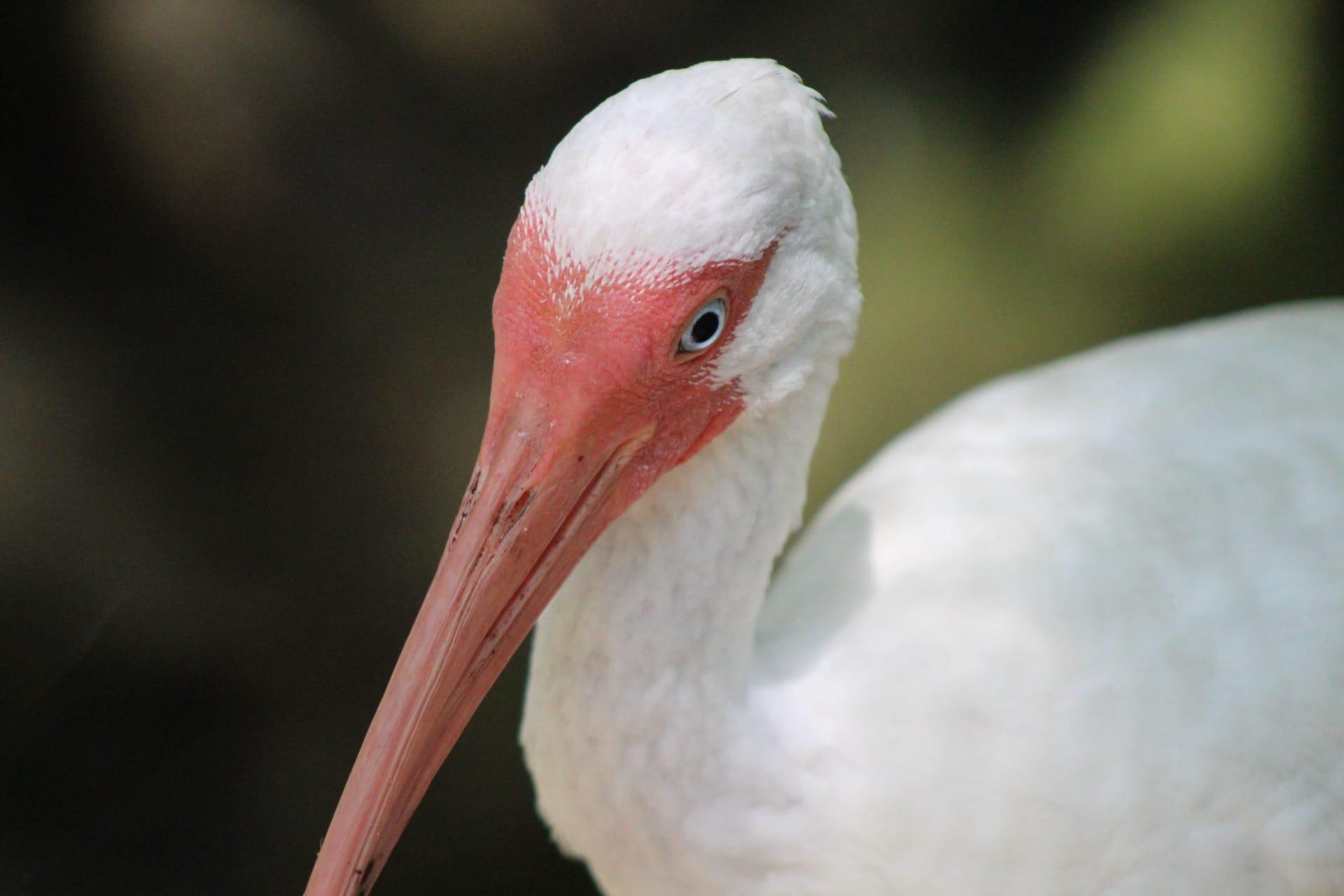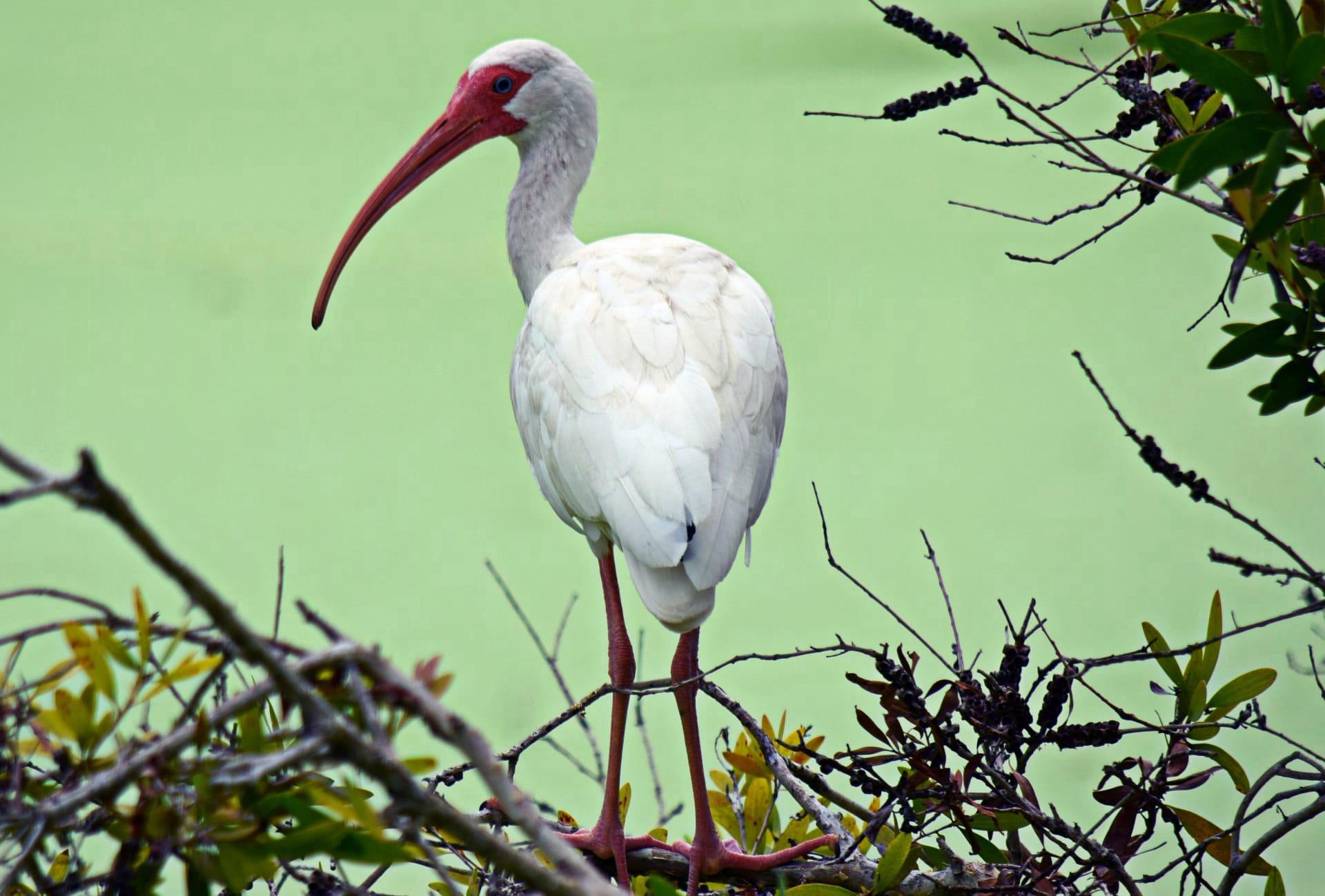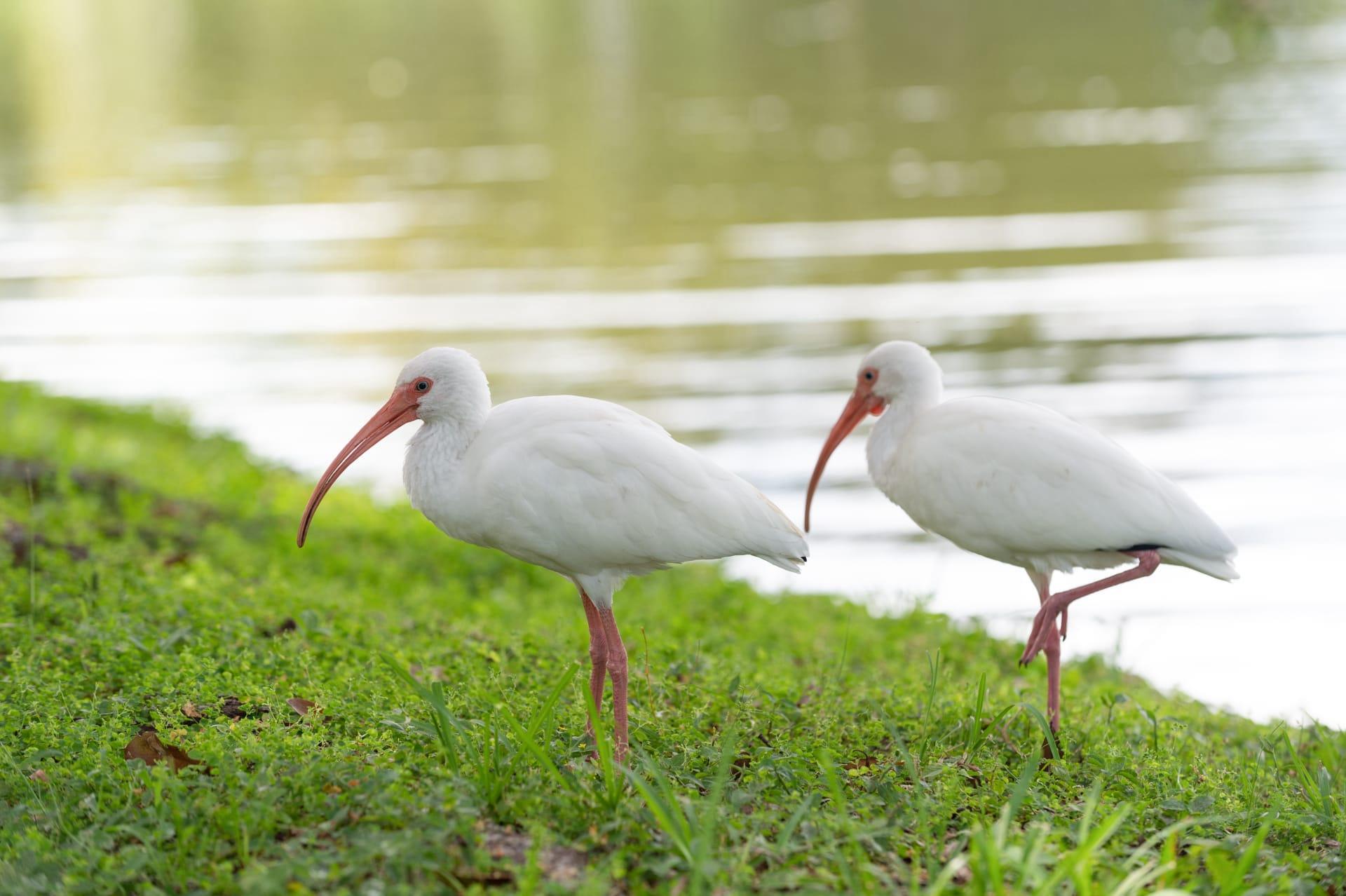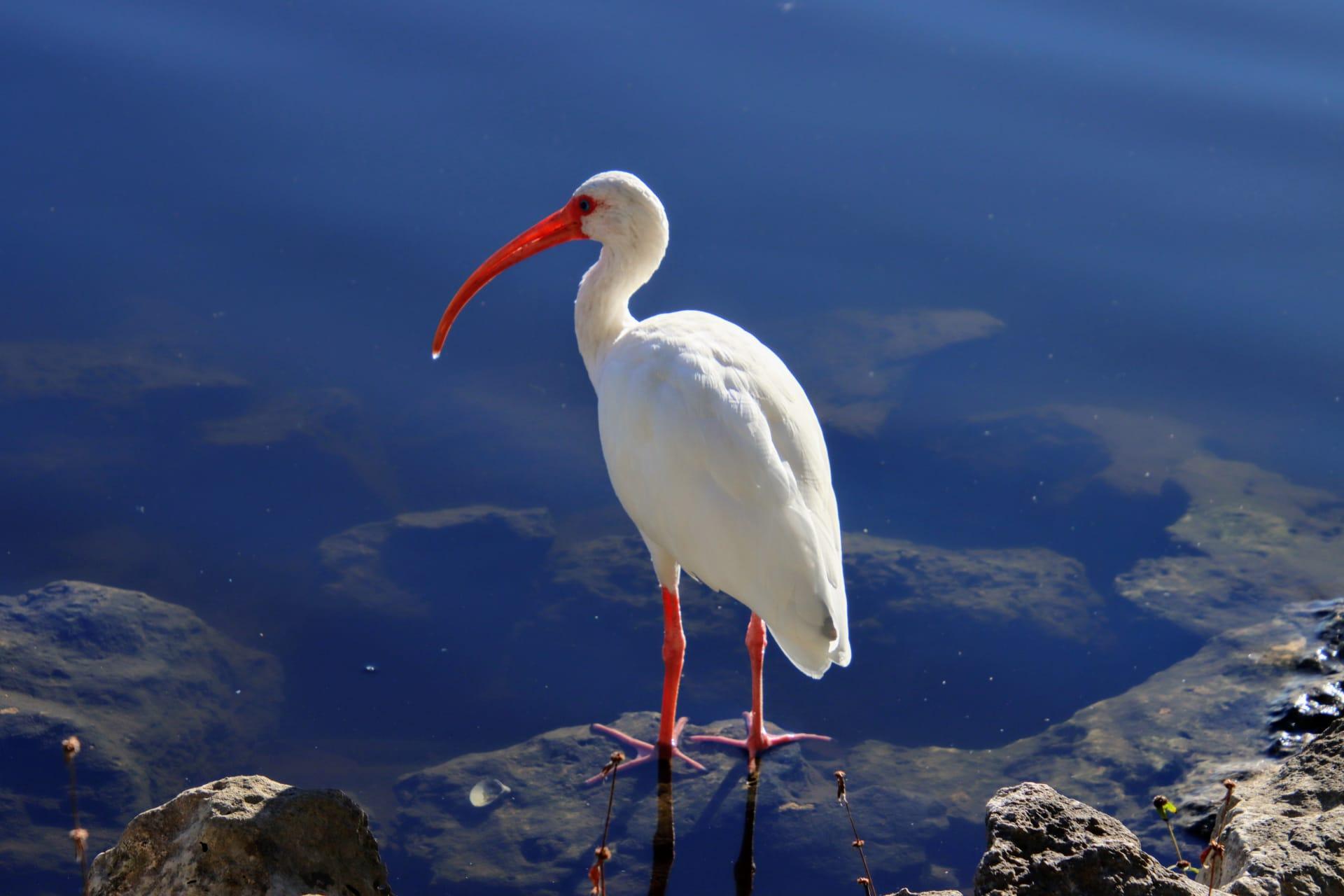Ibis
- Home /
- Mini Encyclopedia /
- Animal /
- Ibis
1
The Ibis, a distinctive bird known for its long, slender bill and elegant stature, belongs to the family Threskiornithidae. This group includes over 30 species of Ibises and Spoonbills. Among them, notable species include the Sacred Ibis, recognized for its black head and neck; the Scarlet Ibis, admired for its vivid red plumage; and the Australian White Ibis, known for its predominantly white body with a touch of black. Each species has its unique physical characteristics, but they all share the iconic long, curved bill and a preference for wetland habitats.
Ibises enjoy a widespread distribution across the globe, thriving in diverse environments. They are commonly found in warm regions, especially near water bodies like swamps, marshes, and riverbanks. The American White Ibis is prevalent in the southeastern United States, particularly in Florida's marshes and wetlands. The Scarlet Ibis graces the skies of South America and is notably abundant in the wetlands of Venezuela and Brazil. In Africa, the Sacred Ibis is widely distributed, inhabiting areas near the Nile River and sub-Saharan wetlands. The Australian White Ibis, as its name suggests, is native to Australia, frequently spotted in urban areas and along the eastern coastline.

2
Question: Do Ibises bring good luck or predict the weather, as some cultures believe?
Answer: While some cultures hold the belief that Ibises are harbingers of good luck or can predict weather changes, these claims are more mythological than factual. Ibises, like many birds, are sensitive to environmental changes, which may lead to behaviors that coincide with weather patterns. However, there is no scientific evidence to support the idea that they have any special predictive abilities. Their behaviors are primarily driven by survival instincts, such as seeking shelter before a storm, which might be misinterpreted as weather prediction.

3
Ibises have adapted remarkable survival strategies that enable them to thrive in varied environments. Their long, curved beaks are perfect for probing mud and shallow waters for food, mainly consisting of small aquatic creatures like fish, insects, and crustaceans. This foraging technique allows them to exploit food sources unavailable to many other birds. Ibises are also highly social birds, often seen in flocks, which helps in locating food and provides safety in numbers from predators. During breeding season, they nest in colonies, which fosters a communal environment for raising their young.
The migratory patterns of some Ibis species are another crucial survival strategy. For instance, the Glossy Ibis, which inhabits parts of Europe, Asia, Africa, and Australia, undertakes seasonal migrations to exploit different feeding grounds and breeding sites. This not only helps them find adequate food resources throughout the year but also plays a vital role in genetic diversity, as it encourages breeding among different populations.

4
In their ecosystems, Ibises play significant roles, especially in controlling insect and small aquatic animal populations. By feeding on these creatures, they help maintain a healthy balance in the food web. Their foraging activity in wetlands also contributes to the aeration of soil and water, which is beneficial for other aquatic life forms. This interaction highlights their importance as a keystone species in maintaining the ecological health of wetlands and marshes.
Ibises also act as indicators of environmental health. Their presence and population trends can reflect the overall condition of wetland ecosystems. A decline in Ibis numbers often signals habitat degradation or pollution, prompting conservation efforts. In some cultures, Ibises hold significant symbolic value, representing themes like fertility and purity. Their cultural importance has led to various conservation initiatives, emphasizing the need to protect these birds and their habitats.

5
Film: "Flight of the Ibis" is a documentary produced in the United States in 2020. It explores the life and migration patterns of the Glossy Ibis across different continents. The film beautifully captures their journey from the wetlands of Europe to the marshes of Africa, highlighting the challenges and triumphs they face along the way. It also delves into the impact of climate change and habitat loss on their migration.
Book: "Wings of the Ibis: Ecology and Evolution" is a comprehensive book published in the UK in 2018. Written by biologist Dr. James A. Henderson, it offers an in-depth look at the ecological and evolutionary aspects of various Ibis species. The book combines scientific research with stunning photography, providing insights into their behavior, habitat, and conservation status.
Book: "The Sacred Ibis: A Global Perspective," authored by Dr. Linda K. Thompson, was published in Canada in 2021. This book focuses on the cultural and ecological significance of the Sacred Ibis, particularly in African and Middle Eastern regions. It presents a blend of historical accounts, scientific research, and conservation strategies, shedding light on the importance of this species in both ecological and cultural contexts.